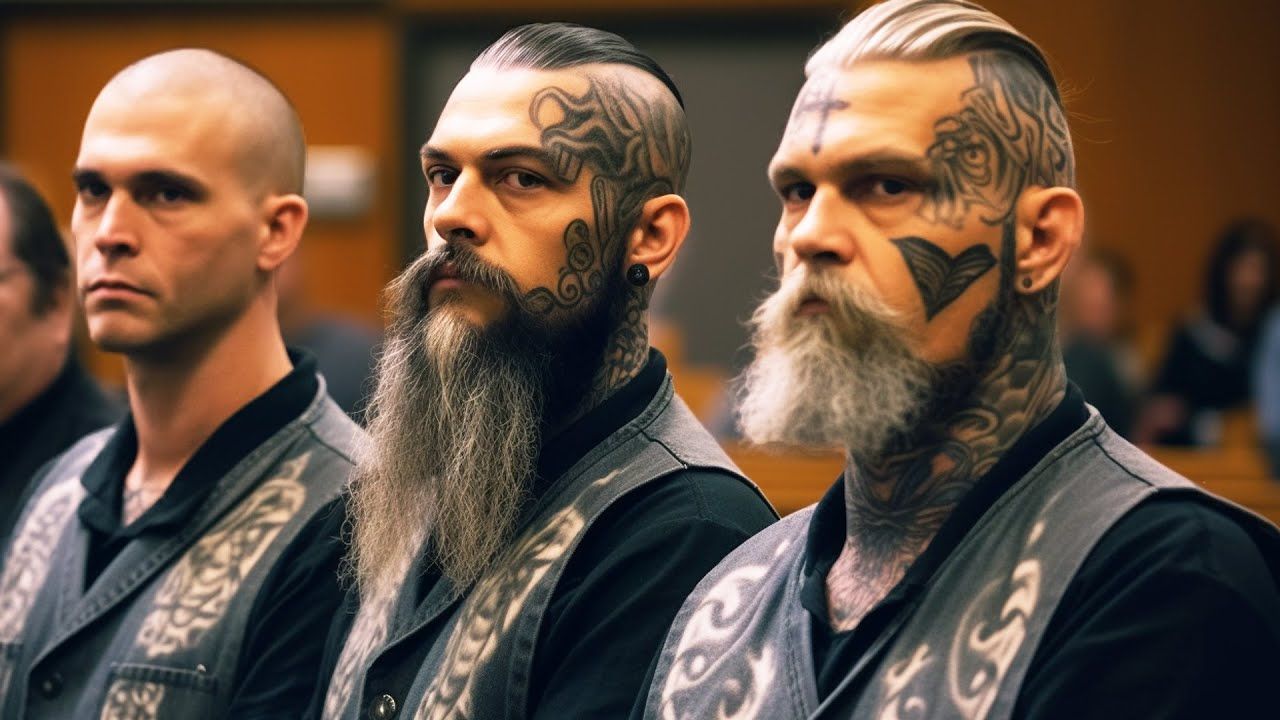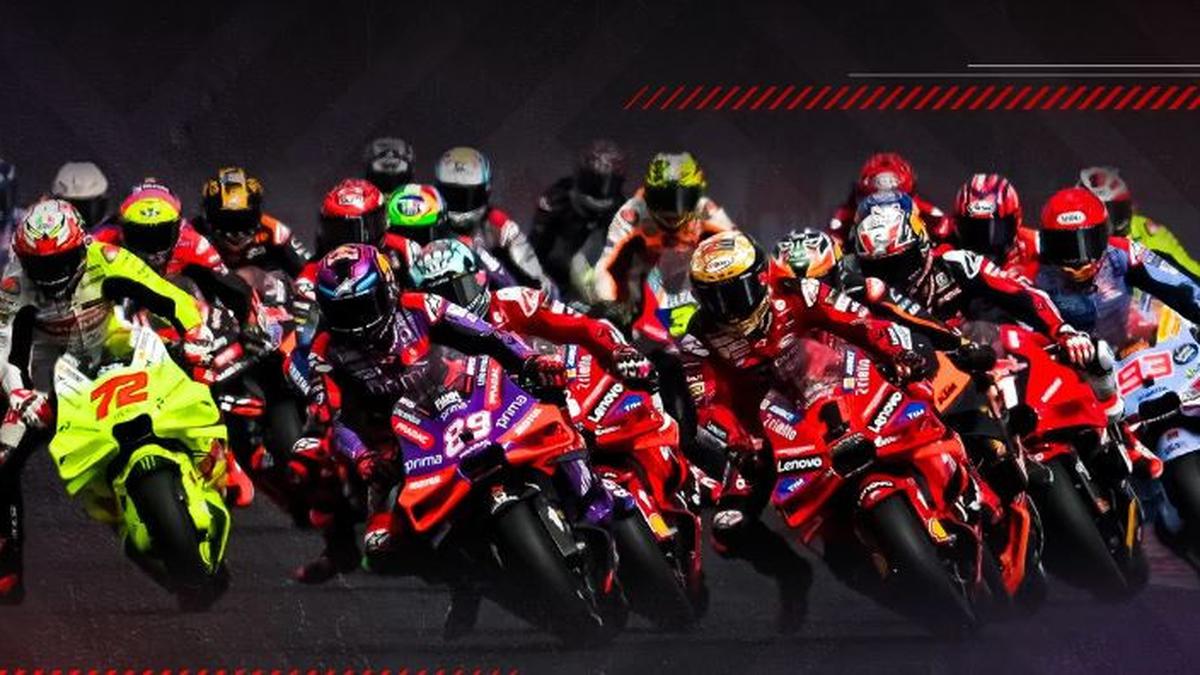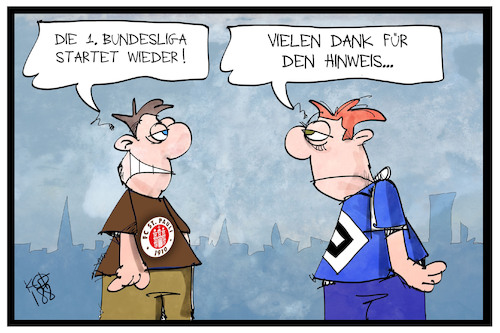Hells Angels: History, Structure, And Activities

Table of Contents
2.1 A History of the Hells Angels
2.1.1 Early Years and Founding
The Hells Angels Motorcycle Club's story begins in the post-war America of the 1940s. Born from the motorcycle subculture and the spirit of rebellion that characterized the era, the club's origins are rooted in the streets of San Bernardino, California. Key founding members, whose identities remain partly obscured by the club's culture of secrecy, established the foundational chapter, laying the groundwork for future expansion. This early period saw the club defining its identity within the burgeoning biker scene, establishing its unique symbolism and its ethos of brotherhood and defiance.
- Founding year: While the exact date is debated, the club's origins are generally placed in the late 1940s.
- Early members: Many early members were veterans returning from World War II, contributing to the club's tough-guy image and independent spirit.
- Early activities: Early activities likely revolved around motorcycle riding, camaraderie, and a rejection of mainstream society.
2.1.2 Expansion and Growth
From its humble beginnings in California, the HAMC embarked on a period of significant national expansion. The club established chapters across the United States, strategically growing its influence and territorial control. This growth wasn't without conflict; territorial disputes with rival motorcycle gangs and biker clubs became commonplace, often resulting in violent clashes. The club's expansion also extended internationally, establishing chapters in various countries and solidifying its global presence.
- National expansion: The 1950s and 60s saw the rapid spread of Hells Angels chapters across the US.
- International chapters: The HAMC now boasts chapters in numerous countries around the world, demonstrating their global reach.
- Significant events: Key events, such as large-scale rallies and confrontations with law enforcement, marked significant chapters in their expansion.
2.1.3 Conflicts and Legal Battles
Throughout their history, the Hells Angels have been involved in numerous conflicts, both with rival gangs and law enforcement agencies. These violent clashes, often resulting in injuries and fatalities, are well documented. The club's reputation for engaging in criminal activity has led to countless raids, arrests, and legal battles. This ongoing tension between the HAMC and authorities underscores their image as an outlaw motorcycle gang.
- Rival gangs: The Hells Angels have a long history of conflict with rival motorcycle gangs, often stemming from territorial disputes and ideological clashes.
- Law enforcement raids: Numerous law enforcement operations have targeted the club, leading to arrests and convictions on various charges.
- High-profile cases: Several high-profile court cases have further cemented the club's reputation for criminal activity.
2.2 The Structure of the Hells Angels
2.2.1 Hierarchical Organization
The Hells Angels operate under a strict hierarchical structure. This chain of command ensures centralized control and efficient operation. At the top is the club president, followed by vice presidents, sergeants-at-arms, and other ranked members. This highly organized structure facilitates the club's activities and enables them to maintain control across various chapters and territories.
- President: The ultimate authority within the club, responsible for overall leadership and decision-making.
- Vice President: Assists the president and often takes on specific responsibilities within the club.
- Sergeants-at-arms: Enforce club rules and maintain discipline.
2.2.2 Chapter System
The Hells Angels utilize a chapter system, which allows for local autonomy within a larger, coordinated framework. Individual chapters operate within their specific geographical territories, but they are ultimately accountable to the national or international leadership. This system allows the club to maintain a presence across various regions while ensuring a level of organizational control.
- Charter: Each chapter operates under a charter, outlining its specific responsibilities and rules.
- Regional Structure: Chapters are often grouped into regions, providing a layer of management between individual chapters and the national leadership.
- International Network: The chapter system supports the Hells Angels' international presence.
2.2.3 Rules and Codes
The club operates under a strict set of rules and internal codes of conduct. Secrecy and loyalty are paramount within the Hells Angels' culture. These unwritten rules govern member behavior and maintain the unity and cohesion of the organization. Violations of these codes can result in severe consequences, ranging from fines to expulsion or worse.
- Oath of Loyalty: Members are expected to swear an oath of loyalty to the club, demonstrating their commitment to its principles.
- Internal Discipline: A system of internal discipline ensures that members adhere to the club's rules and regulations.
- Secrecy: Secrecy surrounding the club's activities and internal workings is crucial to its operations.
2.3 Activities of the Hells Angels
2.3.1 Motorcycle Rallies and Events
The Hells Angels participate in motorcycle rallies and events worldwide. These gatherings serve both social and public relations functions. They showcase the club's presence, attract new members and generate a public image (however controversial). However, these events also often attract law enforcement scrutiny, leading to increased monitoring and potential crackdowns.
- Public Image: Rallies serve as a platform to project a carefully crafted image of the club.
- Recruitment: Rallies can also serve as opportunities for recruitment and the expansion of their network.
- Law Enforcement Monitoring: Large-scale rallies tend to be heavily monitored by law enforcement agencies.
2.3.2 Criminal Activities
The Hells Angels have been implicated in a wide range of alleged criminal activities, including drug trafficking, extortion, and violent crimes. These activities are a significant source of revenue for the club and have contributed significantly to their negative public image. It's crucial to note that these are allegations and convictions vary widely based on the evidence presented in legal proceedings.
- Drug Trafficking: The club has been accused of being involved in the trafficking of various illicit drugs.
- Extortion: Extortion and other forms of organized crime have also been attributed to the HAMC.
- Violent Crimes: The Hells Angels have been linked to numerous instances of violence, including assaults and murders.
2.3.3 Merchandising and Business Ventures
Beyond their criminal activities, the Hells Angels have also engaged in various legitimate business ventures. The club sells branded merchandise, including clothing and accessories, generating a significant revenue stream. This commercial activity serves as a means of funding club activities and maintaining their operational capabilities.
- Merchandise Sales: The sale of branded merchandise represents a significant source of income for the club.
- Business Ventures: The club has also been involved in other business ventures, such as bar ownership and other commercial enterprises.
- Funding Operations: Revenue generated from these ventures helps finance the club's operations.
3. Conclusion: Understanding the Hells Angels: A Complex Legacy
The Hells Angels Motorcycle Club presents a complex and contradictory legacy. Their history is intertwined with post-war biker culture, rebellion, and organized crime. Their hierarchical structure, chapter system, and internal codes of conduct maintain a disciplined and cohesive organization. Their activities range from motorcycle rallies to alleged criminal involvement and business ventures. Understanding the Hells Angels requires acknowledging the complexities of their image and actions within the broader context of biker culture and organized crime. To further your understanding of this complex organization, continue researching the Hells Angels: History, Structure, and Activities. Reputable sources, including academic journals and investigative journalism, can provide more in-depth information.

Featured Posts
-
 Moto Gp Inggris Marquez Tercepat Di Fp 1 Serangkaian Masalah Teknis Muncul
May 26, 2025
Moto Gp Inggris Marquez Tercepat Di Fp 1 Serangkaian Masalah Teknis Muncul
May 26, 2025 -
 Le Frere De Thierry Luther Albert Est Decede
May 26, 2025
Le Frere De Thierry Luther Albert Est Decede
May 26, 2025 -
 Jadwal Dan Informasi Moto Gp Inggris 2025 Saksikan Aksi Para Pembalap
May 26, 2025
Jadwal Dan Informasi Moto Gp Inggris 2025 Saksikan Aksi Para Pembalap
May 26, 2025 -
 Bundesliga Rueckkehr Hsv Aufstieg Emotionen Jubel Und Ausblick
May 26, 2025
Bundesliga Rueckkehr Hsv Aufstieg Emotionen Jubel Und Ausblick
May 26, 2025 -
 Van Der Poels World Championship Title Defense Pogacars Roadblock To Victory
May 26, 2025
Van Der Poels World Championship Title Defense Pogacars Roadblock To Victory
May 26, 2025
